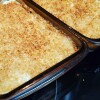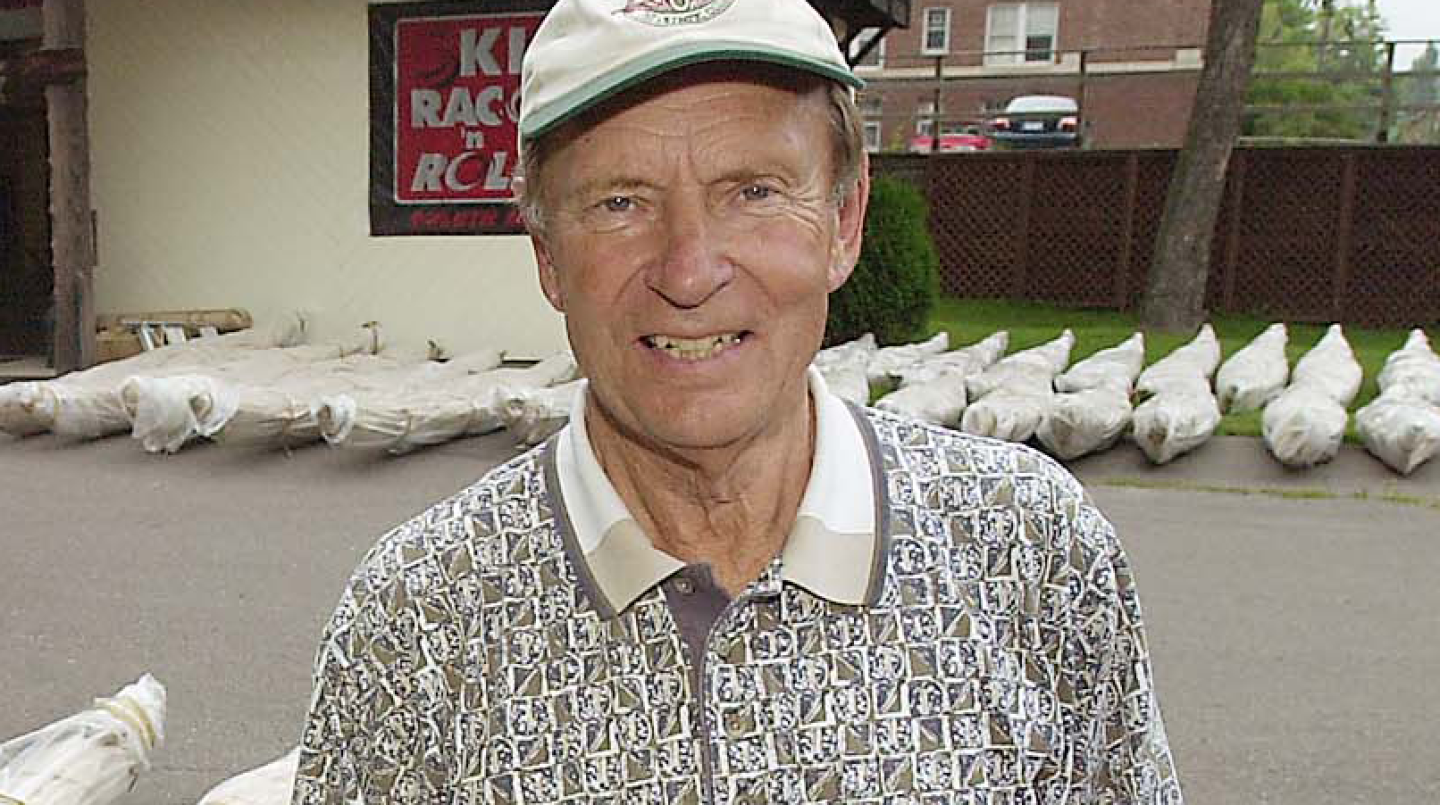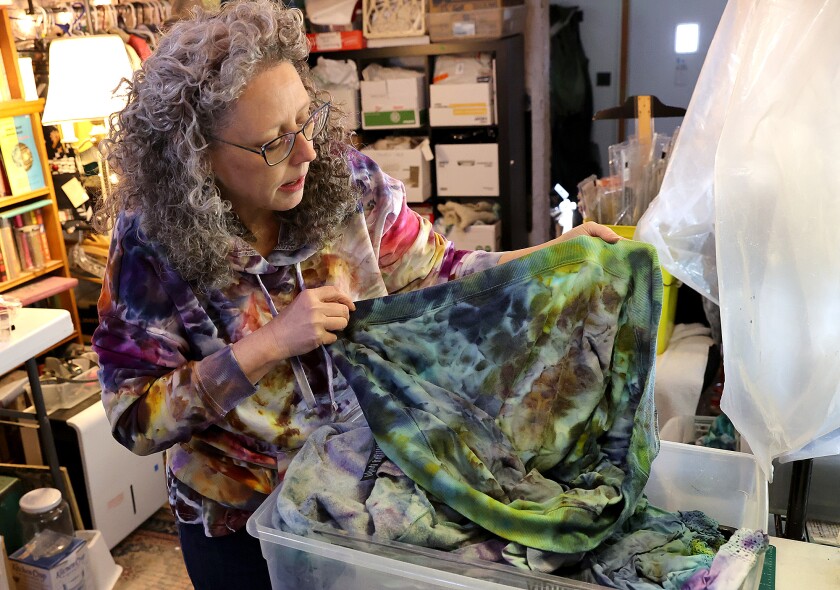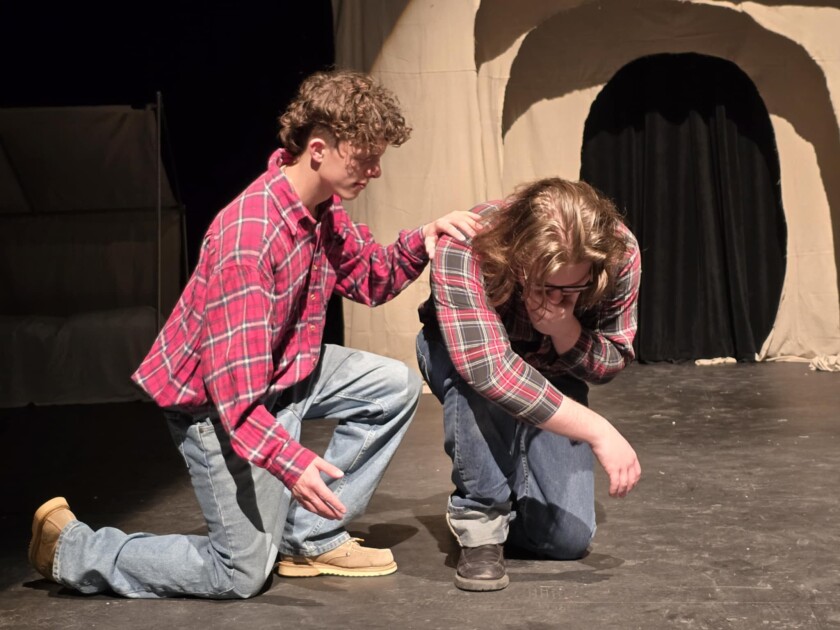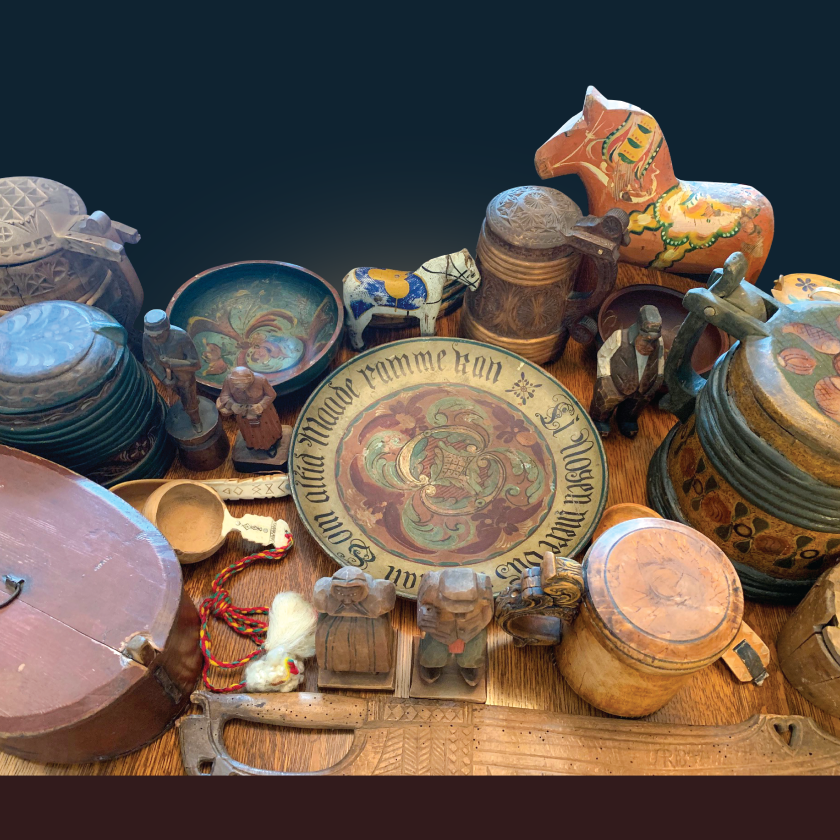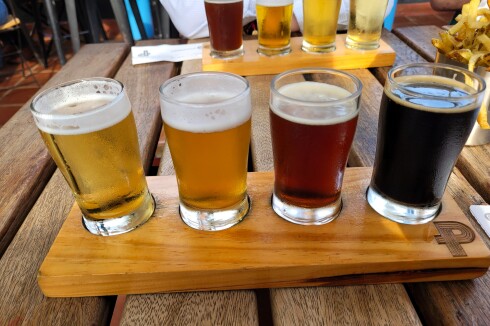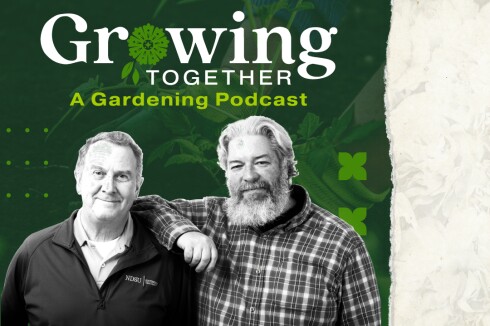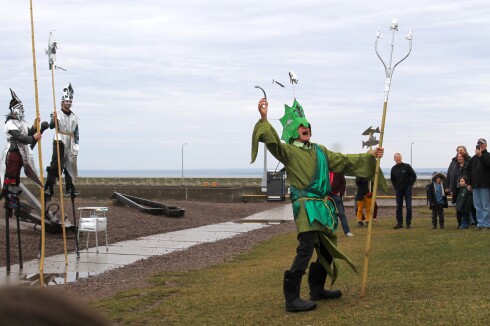DULUTH — Experimentation is close to Theresa Hortenstein's heart. She taught biology to high school students for 35 years and loved the science and process of teaching. But she disliked that she never got to see the result of her work as a teacher.
Now she works at her own home business, Grey Lady Designs.
ADVERTISEMENT
"You know, you hope they've learned everything, but you're never quite sure," Hortenstein said. "With artistic things such as knitting, crocheting, dyeing and pottery, it gives me a tangible thing that I can look at. It sort of completed the picture for me."
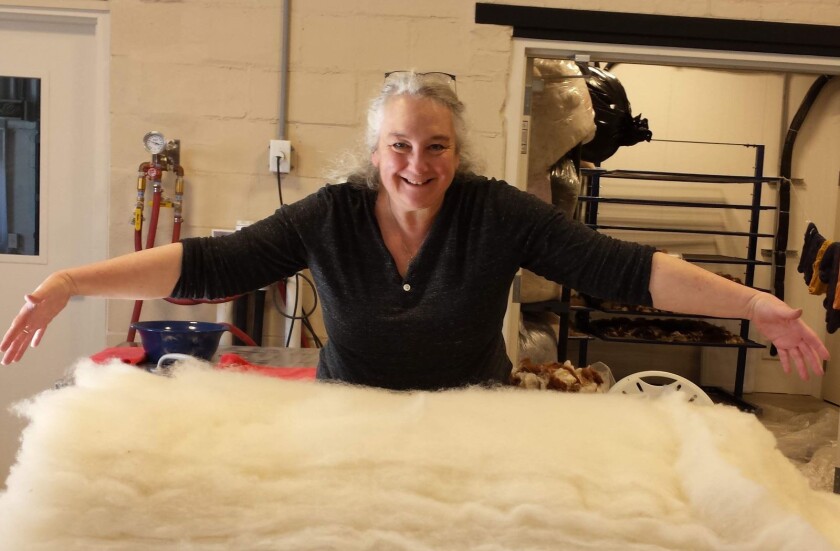
(I)t's nice because you can go out and harvest as much as you want with zero guilt because you're doing a good thing by removing it.
The lifelong artisan has tried many crafts. An accident on a snowy winter morning led her to start experimenting and she found a passion for natural dyes.
Hortenstein was snowshoeing in the spring and stepped on a piece of what she thought was solid ground. But the sun had melted the snow underneath and she fell in a hole.
"I ended upside down on my back, shoes up in this bush, like a turtle," she said. "I can't quite reach the snowshoes to unlatch them, so I grabbed a bush and finally pulled myself up. When I looked at my mitten, my once-white mittens were now gold, and it wouldn't come out. I tried washing it, and it didn't budge."
Hortenstein went out to investigate what plant had caused the golden hue and discovered it was buckthorn, an invasive species to Minnesota.
"That's what got me started," she said. "I thought, OK, if buckthorn gives this nice, gorgeous dye, what else can I play with? And it's nice because you can go out and harvest as much as you want with zero guilt because you're doing a good thing by removing it."
ADVERTISEMENT
Whenever Hortenstein comes across a new invasive species, she starts to experiment. She's found she'll get very different colors by using different parts of the plant, such as leaves, stems or berries. It also depends on whether she's creating dye first or using the leaves or berries themselves and pressing them on, for example, silk material.
"You get surprises," Hortenstein said. "When you press and steam red hollyhock flowers, you get this bright blue spot on the fabric. But if you create dye from the flowers, it ends up a darker bluey-gray. So there's differences even in the method and it'll turn out different than you think."
Hortenstein said she loves playing with combinations and methods to produce colors and laying out plant pieces to create new designs. She's working on a book about the process and how plants can be used.
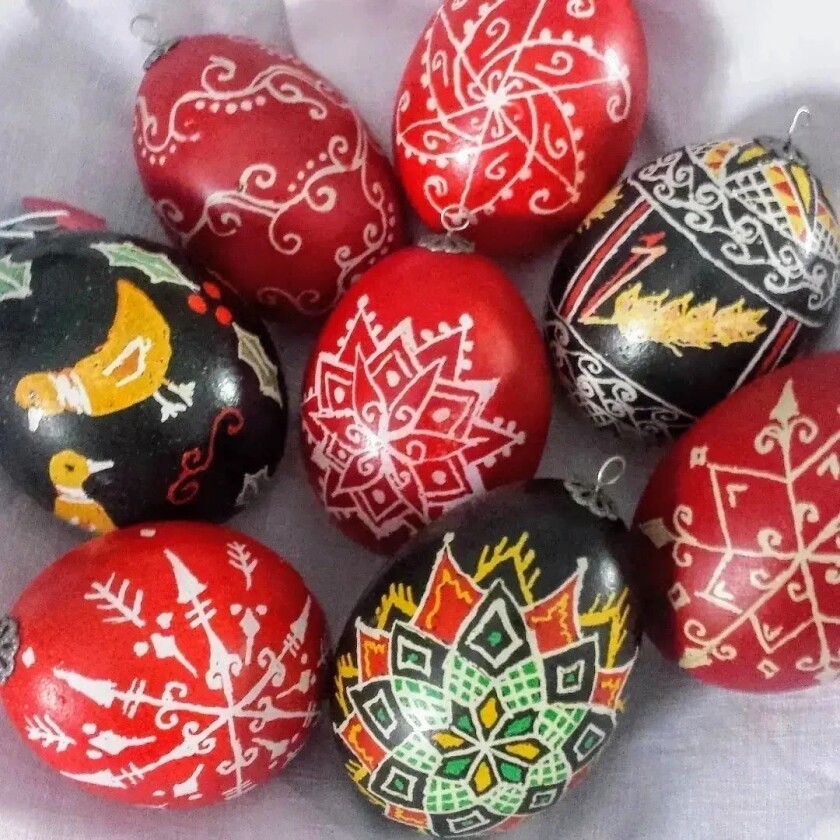
Hortenstein's skills at dyeing transfer over to two of her other craft passions. She creates and sells what are best known as Ukrainian Easter eggs and hand-embroidered needle minders.
"My family's background is Bohemian, so I remember seeing the eggs as a kid, but when you're that age, you don't always pick up traditional things," Hortenstein said. "But when I was in college at a folk festival in the Cities, I saw them again, and we decided to try them. I've been going with them ever since."
The eggs are created using a kistka, also known as a hot wax pen, to lay down wax to cover up the parts of the egg you want to keep white. Then, the egg is dyed, and more wax is added to create further designs. The process is repeated for every color added to the design.
"Again, you never know exactly for sure what you're in for until you take the wax off," Hortenstein said. "There are so many designs from Eastern Europe as it's been going back for centuries. And I'll use my own designs for snowflakes or other fun Christmas-type eggs."
ADVERTISEMENT
Hortenstein is teaching a class on Ukrainian-style egg decorating for Christmas at the Duluth Folk School on Nov. 21.
She also teaches some classes in embroidery and hand-dyed materials, like she uses on the needle minder books that she crafts.
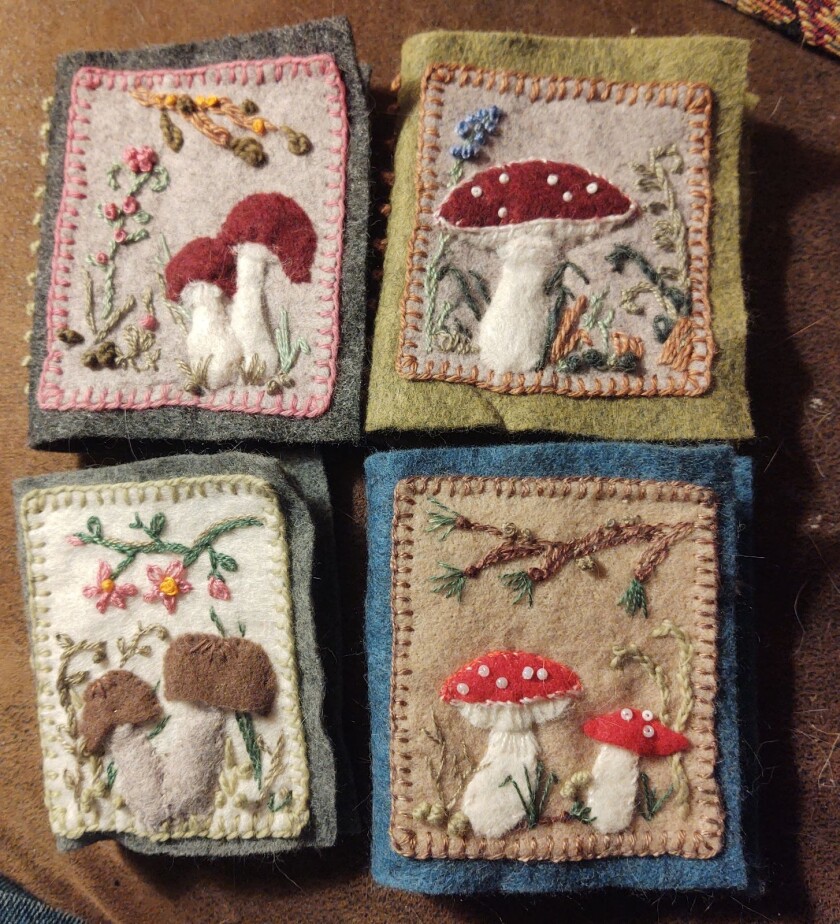
"Basically, the idea behind those is when you're stitching, you set your needle down and then it's gone. I think every crafter can relate with that," Hortenstein said. "But with these things, you have a place to put them so they won't get lost mid-project."
You can find Hortenstein with her business, Grey Lady Designs, at the Nice Girls of the North second Saturday sales at Spirit of the Lake Community Arts in Duluth's Lakeside-Lester Park neighborhood.




